
Facultatea de Istorie şi Filosofie
Departamentul de Filosofie
Eristikon - Revistă studenţească de Filosofie
| Alina Maria Ometiţă Oxted School Great Britain |
| Links and Connections. Un jurnal de călătorie fotografic |
|
Cultural events and technological innovations, historical changes and social phenomena generate contextual codes. Human mind cooperates with the generation of the code and yet struggles to keep up with its evolution. One may observe that everything is connected with something else or could find an answer in something else. People are undoubtedly dependent on each other. Despite they are individuals in their thought, appearance and action, relationships arise and define their lives. With time, generations imprint their mark in the human pattern. Though appearance represents only the variable. Cultural codes manifest themselves as hallmarks of human expression. The most prevalent one, that renders the essence of the human being, is the environment one dwells in. The trajectories of the environment function endemically as manipulating factors which decide, to a certain extent, the society's stereotype. Complementary to those rather theoretical aspects, trivial objects as chains, ropes or cogs create a medium just as favourable for connections to spring. When looking at chains or cogs, human mind perceives a series of links. Each of them continues the precedent and has a continuation. Whenever a link happens to break, the mechanism gets distorted and can hardly be repaired. Even when repaired, imperfections persist and therefore the initial aspect is vanished. But the chain is life itself, the links are human beings and the breaks are sins or deaths. Even though they function in the same way, one contrast stands forth: the fragility of the alive chain, the depth of sins. The largest spider-web in the world has been, by far, established by means of channels, bridges, circuitry, pipes, means of transport and was encoded in maps. Bridges are built to span a gorge, a valley, a road, a river. To cross a bridge is to overcome the "ob" from the obstacle, to solve "im" from the impossibilities or to connect oneself to the desirable place. As bridges are sustained by cables or arches, solutions found by the human mind are supported by ideas. The more rigid the bridge or the idea, the longer it will last, the greater the greatness and the intimidation. The similar happens when visual codes are presented. Photographs capture the viewer's eye, leading him or her to their deepest meanings. Any photograph, implicitly involves questions and ambiguities which all linked to its endemic nature. In the end, it is the viewer who establishes the boundaries of the picture. |
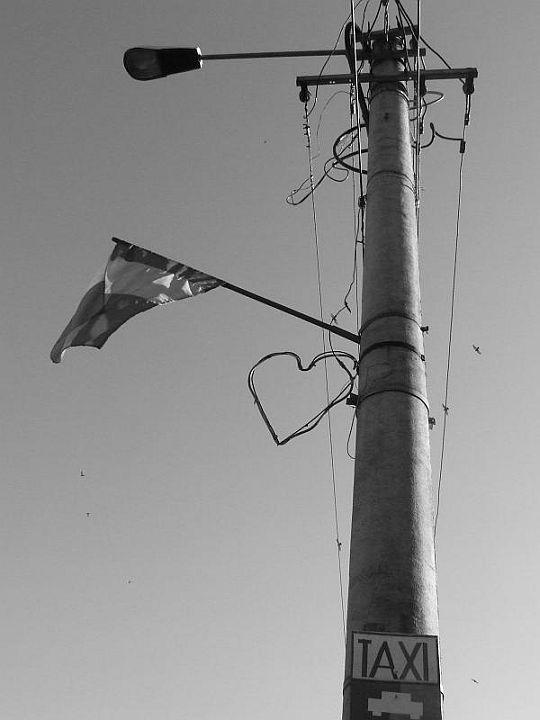 |
| Dragostea de ţară la vedere zi şi noapte |
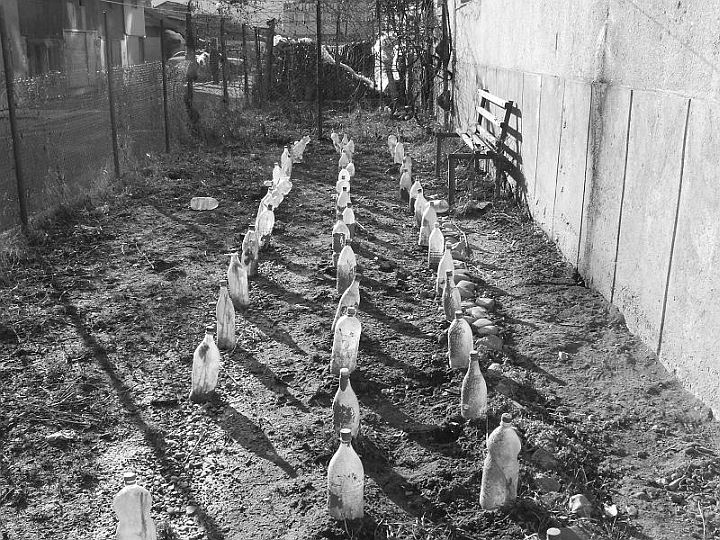 |
| Recoltă în era comunismului |
 |
| Instalaţie |
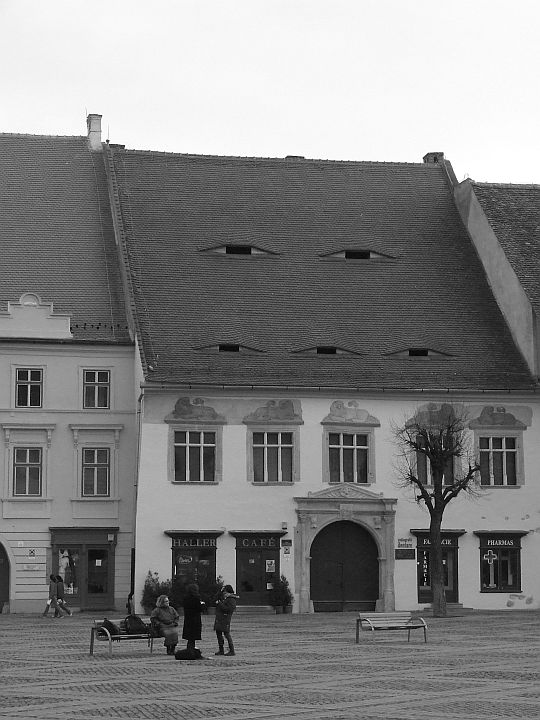 |
| 1 copac, 2 fete mergânde, 3 femei aşteptânde, 4 vitrine şi 5 ochi |
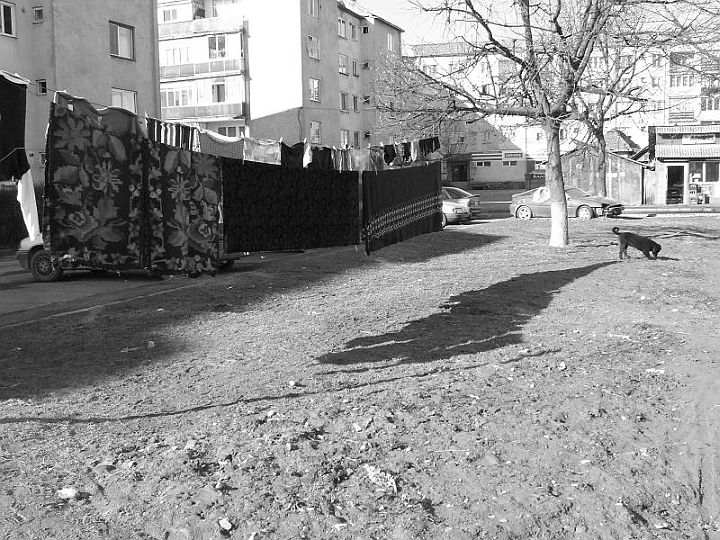 |
| Printre blocuri, câinele şi curioasa lui umbră |
 |
| Reflexia ca dedesubt al lumii |
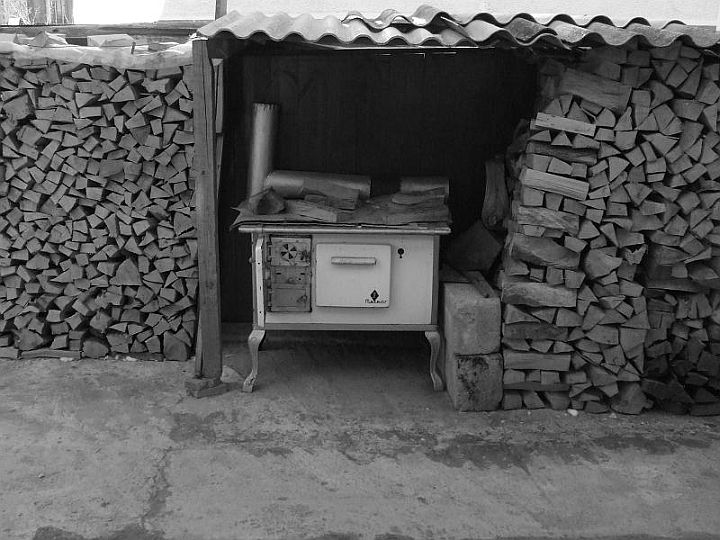 |
| Soba cu lemne |
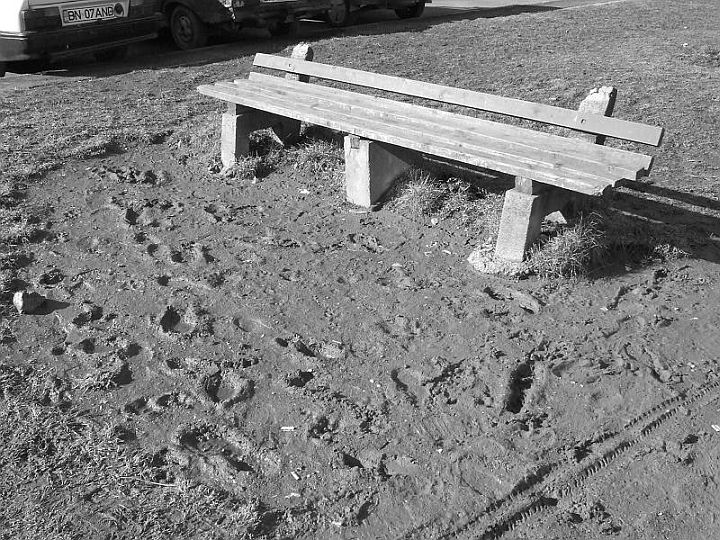 |
| În noroi au fost şi câinele şi omul. În noroi e urma |
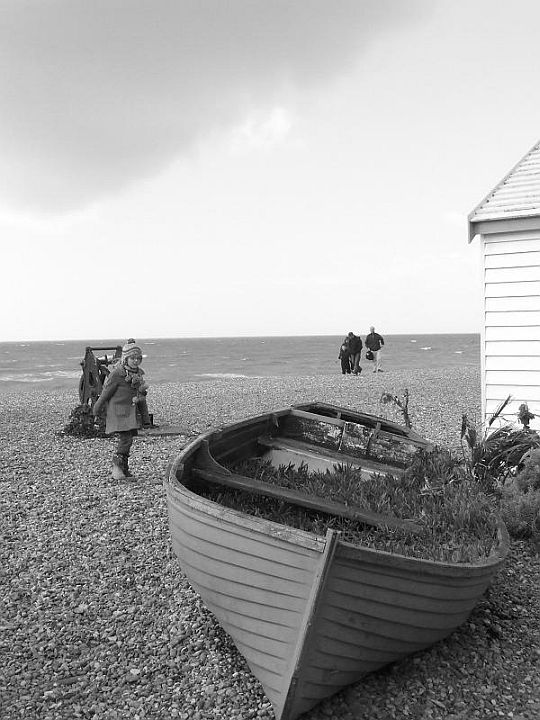 |
| Remembrance of a Shipwreck |
 |
| Merry-go-round at the Sea-side. Some Kind of Kid |
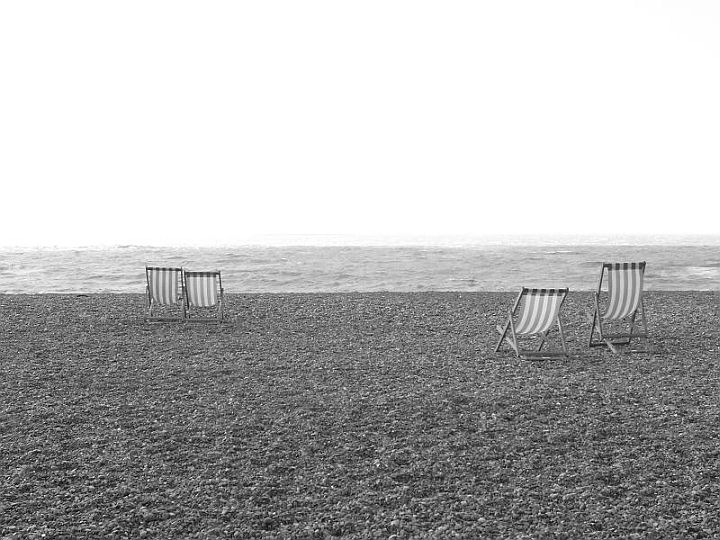 |
| Couples of Chairs |
 |
| Illusions at the Waterside |
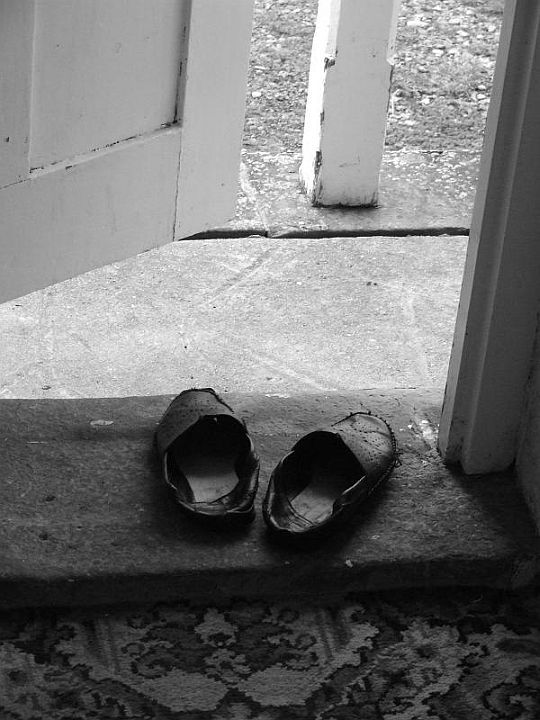 |
| Waiting Slippers at the Door-step |
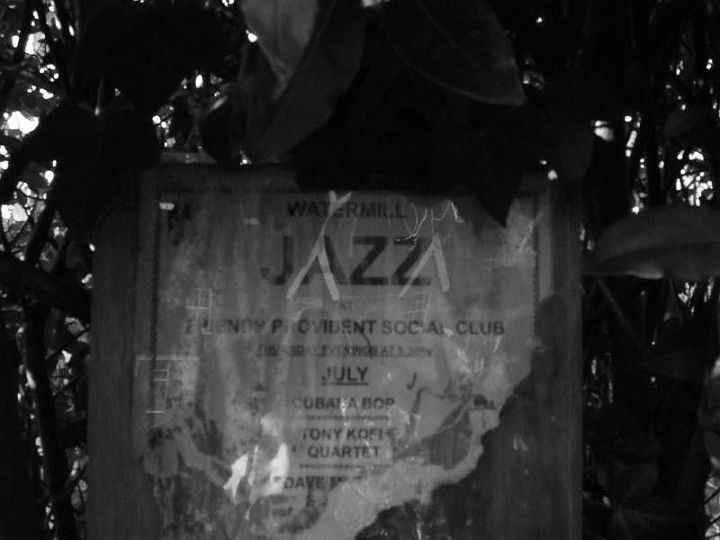 |
| Jazz Through the Branches and Leaves |
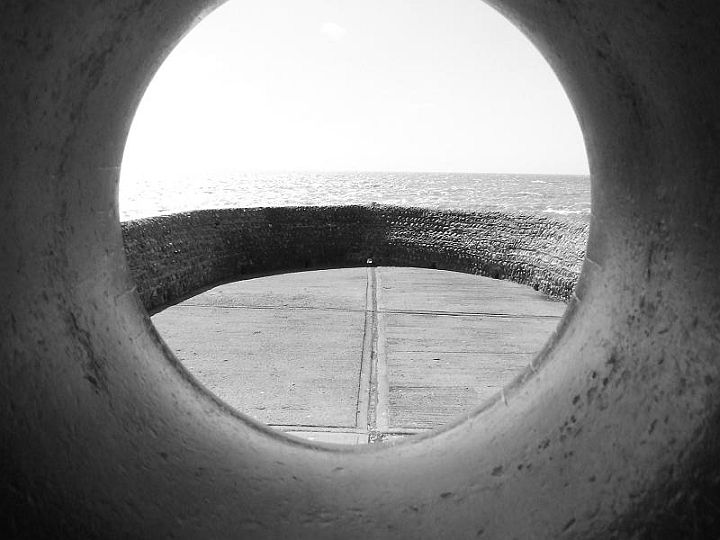 |
| Through the Telescope |
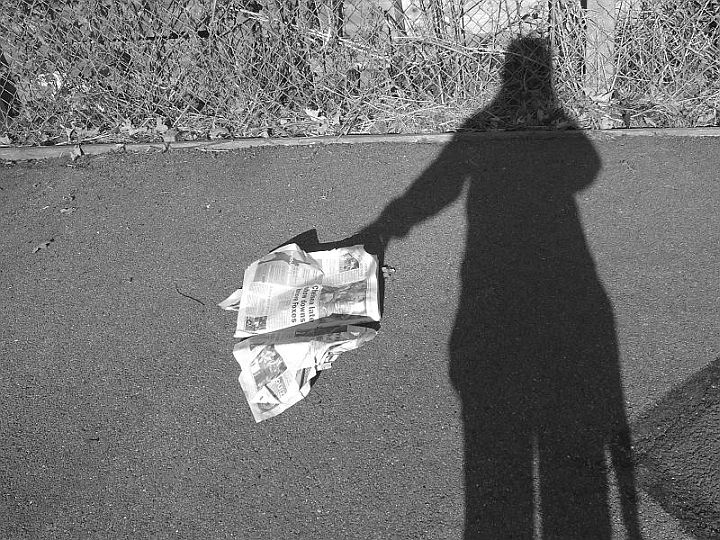 |
| Selfportrait |
| Înapoi |